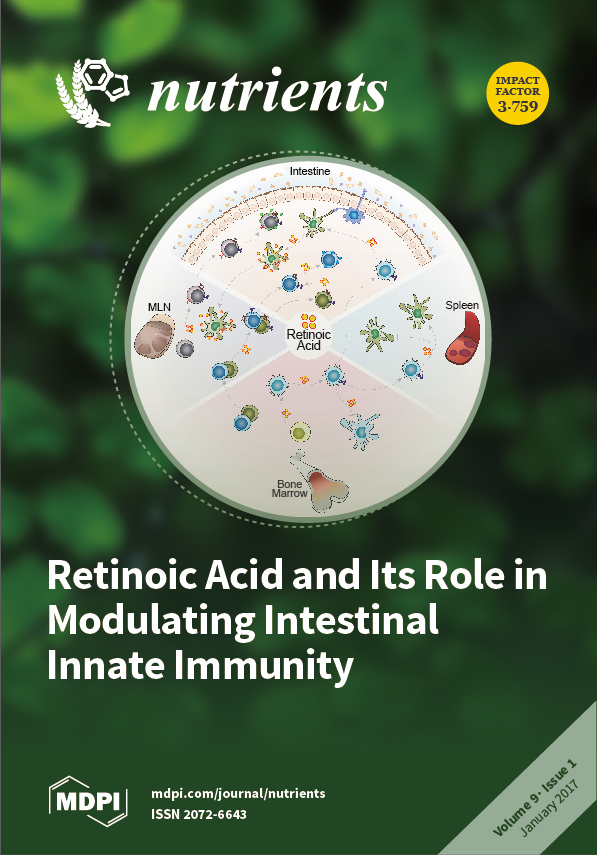Background: Metabolic acidosis is a common complication of chronic kidney disease; current guidelines recommend treatment with alkali if bicarbonate levels are lower than 22 mMol/L. In fact, recent studies have shown that an early administration of alkali reduces progression of CKD. The aim of the study is to evaluate the effect of fruit and vegetables to reduce the acid load in CKD. Methods: We conducted a case-control study in 146 patients who received sodium bicarbonate. Of these, 54 patients assumed very low-protein diet (VLPD) and 92 were controls (ratio 1:2). We calculated every three months the potential renal acid load (PRAL) and the net endogenous acid production (NEAP), inversely correlated with serum bicarbonate levels and representing the non-volatile acid load derived from nutrition. Un-paired
T-test and Chi-square test were used to assess differences between study groups at baseline and study completion. Two-tailed probability values ≤0.05 were considered statistically significant. Results: At baseline, there were no statistical differences between the two groups regarding systolic blood pressure (SBP), diastolic blood pressure (DBP), protein and phosphate intake, urinary sodium, potassium, phosphate and urea nitrogen, NEAP, and PRAL. VLPD patients showed at 6 and 12 months a significant reduction of SBP (
p < 0.0001), DBP (
p < 0.001), plasma urea (
p < 0.0001) protein intake (
p < 0.0001), calcemia (
p < 0.0001), phosphatemia (
p < 0.0001), phosphate intake (
p < 0.0001), urinary sodium (
p < 0.0001), urinary potassium (
p < 0.002), and urinary phosphate (
p < 0.0001). NEAP and PRAL were significantly reduced in VLPD during follow-up. Conclusion: VLPD reduces intake of acids; nutritional therapy of CKD, that has always taken into consideration a lower protein, salt, and phosphate intake, should be adopted to correct metabolic acidosis, an important target in the treatment of CKD patients. We provide useful indications regarding acid load of food and drinks—the “acid load dietary traffic light”.
Full article






